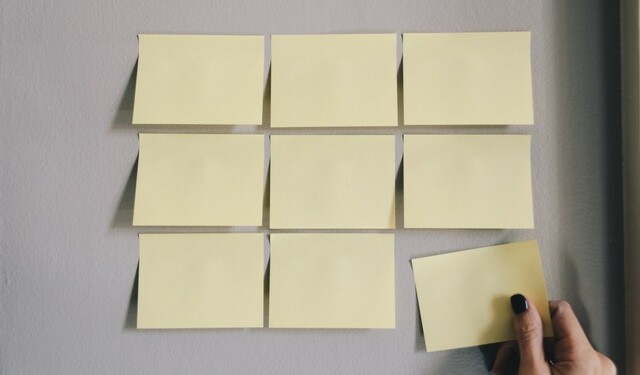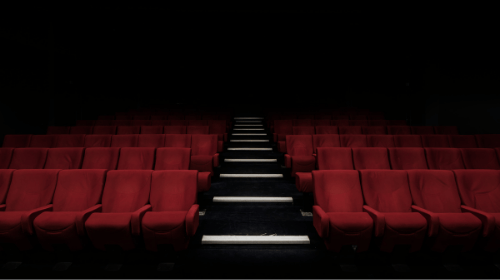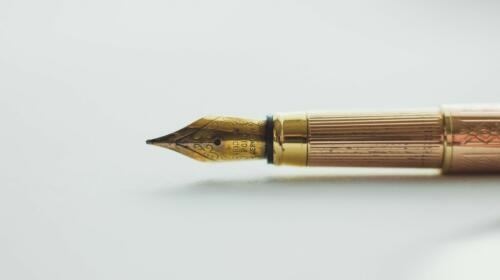However, many things can and do go wrong, especially if you’re not at the show yourself. Remotely coordinating two busy people meeting in a huge throng of trade show attendees isn’t an easy task. I’ve had situations where the reporter didn’t put the meeting on his or her calendar, their calendar didn’t sync to the correct time zone, or the reporter couldn’t find the meeting location and arrived too late for the briefing to take place. Even worse, the reporter cancelled the meeting for a better offer (e.g. higher profile company) or just didn’t show up, providing no reason.
How do you do everything possible to ensure all the details are in order? Well, make sure all the details are in order. And check, double and triple check, then cross your fingers. Because something can still go wrong. Control what you can, and try not to worry about the rest.
Here are some tips that are familiar to many, but hopefully offer one or two new insights. Primarily I won’t focus on the big trade shows, like NRF or CES, because they are entirely different animals, but rather on the hundreds of other small shows you’ll find yourself involved with.
The Registered Media List
Get the registered media list as far in advance as possible. If you can’t get the list, pitch reporters you think may be going, or draw from the previous year’s attendees. Start pitching approximately two to three weeks before the show, and much further ahead for the big ones. But sometimes this won’t be possible. For example, if a client suddenly decides they’ll have a spokesperson at the show last minute, pitch anyway. You never know if some reporters’ slots might still be open. And I’ve had more than one reporter tell me they save all the pitches they receive until just a few days before the show, sort through them, then respond to those they’re interested in.
Logistics
You’ve got a reporter interested in a briefing. Good for you! Usually you’ll have several, but let’s use one for simplicity’s sake. Now begins the fun back-and-forth game of scheduling. You’ve chosen the field of PR, so you get to be the intermediary between the reporter and your client contact. You’re lucky if your contact knows the executive’s schedule, but usually he or she will need to connect with the executive or the executive’s assistant. The more people involved, the more chance of error. It’s helpful to ask for direct access to the person for whom you’re scheduling the briefing.
 Once you’ve arranged a time (make sure you’re using the correct time zone!) I like to ask if I can send the reporter a calendar invite. Same with the executive. Then there’s location. A big enough client might have a special room within their booth, where they conduct customer and media meetings. But this isn’t always the case, so you’ll usually have to arrange the meeting at the client’s booth itself. Which of course involves communicating the booth number to the reporter. Always look at the map of the conference center and ask if the reporter’s meetings prior to or after yours are close. At the Javits Center in New York, for example, it can take ten minutes to cross the exhibit floor, so take this into account. Finally, while you have the reporter on the hook to schedule the meeting, ask for his or her cell number, and provide the cell number of your client contact or executive on the ground. This way any logistical mix ups can be sorted out directly. And of course, you need to send a reminder to both parties prior to the meeting, even though it may seem like overkill.
Once you’ve arranged a time (make sure you’re using the correct time zone!) I like to ask if I can send the reporter a calendar invite. Same with the executive. Then there’s location. A big enough client might have a special room within their booth, where they conduct customer and media meetings. But this isn’t always the case, so you’ll usually have to arrange the meeting at the client’s booth itself. Which of course involves communicating the booth number to the reporter. Always look at the map of the conference center and ask if the reporter’s meetings prior to or after yours are close. At the Javits Center in New York, for example, it can take ten minutes to cross the exhibit floor, so take this into account. Finally, while you have the reporter on the hook to schedule the meeting, ask for his or her cell number, and provide the cell number of your client contact or executive on the ground. This way any logistical mix ups can be sorted out directly. And of course, you need to send a reminder to both parties prior to the meeting, even though it may seem like overkill.
Client Prep
Just about everyone in PR is familiar with “briefing books” that outline the media meetings for the client. These come in many forms with varying levels of detail. It’s standard to include a paragraph or two on the reporter, their publication, plus logistics of the meeting. It’s also useful to include a photo of the reporter, so those on the ground can more easily find him or her.
Perhaps most important is including talking points for the executive. Even though he or she know more about their subject than you ever will, it’s useful to try to find out what the reporter is interested in talking about. This is sometimes difficult to ascertain, so put yourself in the reporter’s shoes, look at their past articles, and determine what you think they’d like to discuss. Then match that with the messages your client is looking to convey.
Wrap-Up
Sometimes clients will have successful briefings and not let you know they even happened. Trade shows are an extremely busy time for all involved. So you have to connect with both the client and the reporter to see how the meeting went. Most importantly to ensure the reporter got everything needed from the conversation, and if not, to follow up with any additional information that might result in a story. But often the meetings may just be for background, so the reporter can educate themselves on your client’s company or industry. Remember, these are good meetings to have as well. As I mentioned at the outset, relationship building is a great byproduct of face to face meetings, which sadly, now almost always take place at trade shows. Gone are the days where reporters will take meetings at their offices or meet for coffee. Learning the way of the trade show is an important asset for anyone in PR.
Need help prepping for your next trade show? We can help.



